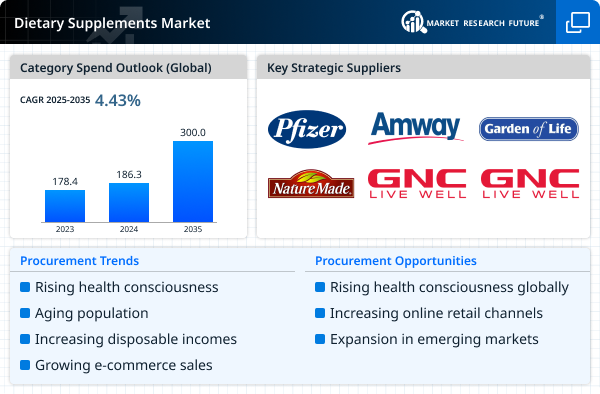Market Share
Rocket Missile Market Share Analysis
Rocket and Missile, which is a foundational aspect of defense and aerospace industries, has witnessed remarkable expansion with the increasing global concentration on military capabilities and space exploration. In this highly competitive landscape, companies use different market share positioning strategies in order to dominate the market. Differentiation is one strategy that involves companies laying more emphasis on having technologically advanced rockets and missiles which have got long distances, precision, accuracy and multiple uses. These are designed to attract customers like; the Defense Organization’s (DOs), commercial satellite launch providers as well as Space Agencies who require top-of–the- range rocket & missile technologies.
Cost leadership is a crucial element in Rocket and Missile industry. While some corporations concentrate on efficient production methods, economies of scale and efficient supply chain management to provide affordable solutions without compromising quality. This approach is important because decisions on procurement in the defense sector are largely influenced by cost considerations. By minimizing overhead costs businesses become reliable suppliers whose products can be afforded by many thereby making them suitable for cheap purchase by a wider clientele.
Collaboration and partnerships form part of market positioning strategies within the Rocket and Missile industry. Often firms form strategic alliances with defense contractors, international partners or space agencies. The result of such initiatives is joint research & development activities that give space for exchange of knowledge as well as providing comprehensive missile systems’ design (Hartmann & Moenaert 2013). In addition to this, it has also been established that Strategic partnerships enables firms keep pace with emerging defense needs through updated understanding of geopolitical situations as well as changes in regulations that guide these partnerships thus allowing continued provision specifically targeted solutions to individual customers.
Market penetration refers to a strategic framework adopted by companies seeking to expand their market share within Rocket and Missile sector (Hitt et al., 2016). For instance it entails the entry into untapped markets or stepping up adoption in existing ones. Therefore enterprises now target emerging markets characterized by rising demand for satellite launches, space exploration missions and defense capabilities (Hitt et al., 2016). Successful market penetration requires a comprehensive understanding of regional space policies, security challenges, and the unique demands of different aerospace applications.
The Rocket and Missile sector relies on customer centric strategies to survive. Corporations are keen on ensuring customer satisfaction by providing training programs that meet the customers’ needs as well as offering technical support. Trustworthy relationships nurtured with defense agencies, commercial satellite operators and Space organizations enhances customer confidence leading to more repeat business and word of mouth publicity. Manufacturers targeting various Defense/aerospace environments must be able to appreciate how vital missiles/rockets are in terms of National Security and Space Exploration; they can then tailor their solutions accordingly.
In the Rocket and Missile Market, innovation has been a catalyst factor in its growth with companies investing in research so as introduce advanced propulsion systems, guidance technologies and materials (Hartmann & Moenaert 2013). Ongoing development is currently resulting improvements meant to bring about faster rockets including those that have larger payloads or ones that do not fail repeatedly because they have proved reliable. These advancements also help companies gain competitive edge through positioning themselves as dependable providers of high quality rocket & missile technology used in various defense, space or commercial functions.
Rocket and missile industry is in a competitive market, hence the need to take into account regulatory compliance in the marketing effort. This implies that companies have to comply with strict international arms control agreements, space treaties, and safety standards. Compliance with these regulations guarantees that the company’s rocket and missiles are safe and reliable as well as its reputation in marketing activities whereby they can be presented as complying with established industrial norms.”



Leave a Comment